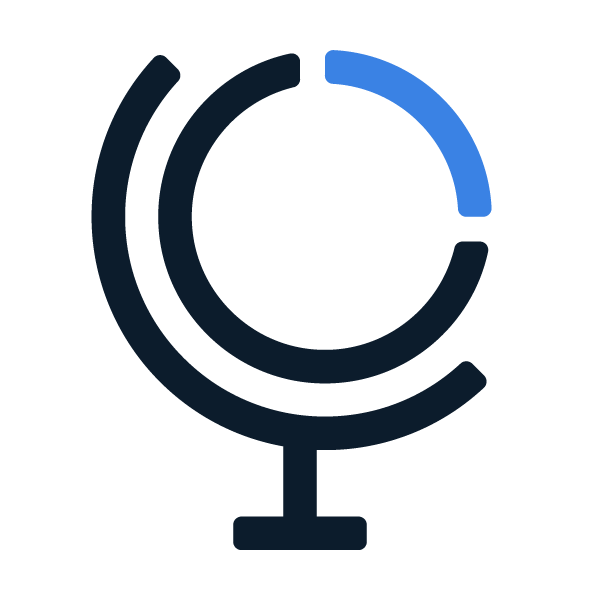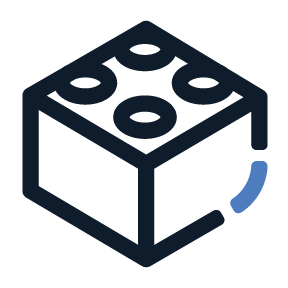What Are the Internet’s Critical Properties?
When we talk about the Internet, what we’re really describing is a set of practices and norms. We call these the critical properties, and they describe the foundational architecture and practices that define the Internet as it was first designed. These characteristics need to be at least partly preserved in order for the Internet to survive, and to continue providing a foundation for its growth.
An Accessible Infrastructure with a Common Protocol
All networks and computers speak the same “language,” and it’s easy for both users and organizations to become part of the Internet.
Every hardware connection presents what’s called a packet-switched interface, and every node in the network uses the Internet Protocol, which helps all of the underlying technologies interconnect and work together.
The architecture is designed to be welcoming to new networks and endpoints. This means that every time a new network connects using the same rules, the Internet grows and becomes stronger.
What’s the impact on people?
When this property is supported, it’s easier for Internet Service Providers (ISPs) to offer access to consumers at an affordable cost.


An Open Architecture of Interoperable and Reusable Building Blocks
Different network technologies can be puzzled together, recombined and redesigned, to evolve over time.
The Internet as a communications system can use this to become more efficient, more secure, and better at adapting to the needs of the future.
Because it’s possible to replace a technology, the protocol known as TCP is gradually being updated to one called QUIC, which is encrypted by default.
What’s the impact on people?
Internet users get a more efficient, more secure Internet over time.
Decentralized Management and a Single Distributed Routing System
There is no central authority, which means that local network operators can make decisions that meet the needs of their users or region.
The distributed routing system means that each network operator can choose how they route data, and optimize connections to meet needs around price, services, reliability, quality, and other factors.
During the early phases of the COVID-19 lockdowns, a change in strained the network for users, making some services unreliable. Network operators were able to quickly leverage their relationships with other networks and manage capacity, based on their local needs.
What’s the impact on people?
While usage was patchy for a few days, most users quickly experienced a return to full service while working and learning remotely.


Common Global Identifiers
All traffic carries data using IP packets, which all use the same addressing system, so that the data can reach its intended destination.
By adopting this global standard, it ensures that there are no two locations with the same identifier, and data can be carried from and to anywhere in the network.
The ability to address something according to a universal standard is essential for communication systems, similar to a phone number or postal address.
What’s the impact on people?
It’s one of the most basic elements of the Internet: when you want to visit a certain website, and you type the URL into your browser, it should reach that website.
A Technology Neutral, General-Purpose Network
The Internet is built for everything and for nothing in particular. Its job is to move traffic, and it’s neutral about the content of that traffic.
Unlike the telephone network, which was built only for voice telephony, the Internet is agnostic about whether a user is sending email, streaming on Netflix, or doing Telemedicine.
Like a road, the Internet’s purpose is to move traffic, and regulations focus on aspects like safety, suitability and environmental impact. A different set of regulations covers things like vehicles, driver qualifications, or cargo types.
What’s the impact on people?
People can use the same Internet connection to do a whole range of things, like make phone calls, upload videos, do their daily banking, or start a new business.
